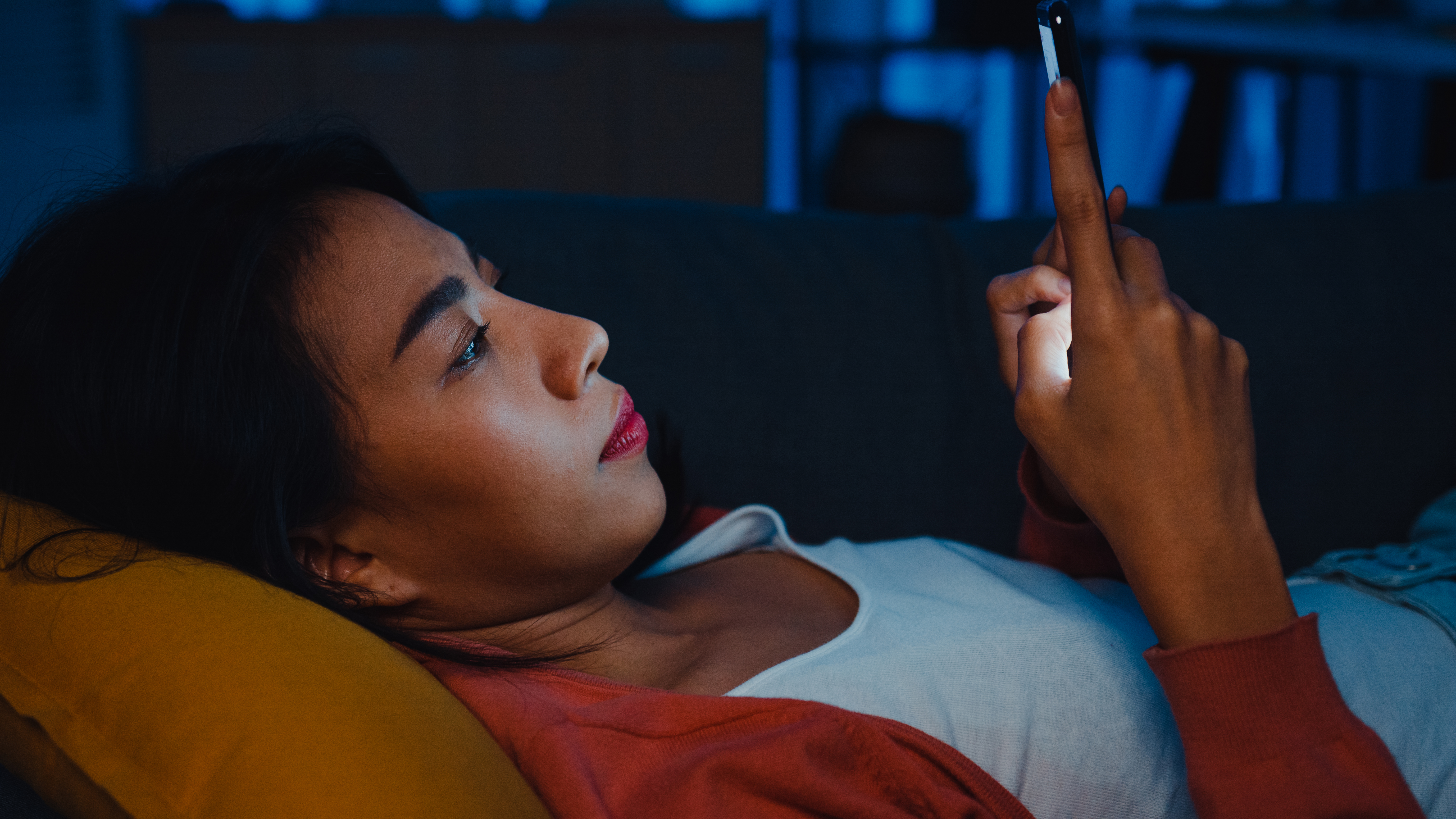How Screens Are Messing with Your Sleep
In our modern, technology-driven world, screens have become an omnipresent part of our daily lives. From smartphones and tablets to laptops and televisions, these devices are not only tools for work and entertainment but also constant companions. However, their pervasive presence comes with a hidden cost—our sleep. Despite their convenience, screens can subtly undermine the quality of our rest, leading to long-term health implications. This article delves into 11 ways screens may be sabotaging your sleep, revealing the profound impact of technology on our nighttime rituals and offering insights into how to reclaim a restful night.
1. Blue Light Blues: A Sleep Cycle Disruptor
The blue light emitted by screens is notorious for its ability to interfere with our natural sleep cycles. This high-energy visible light can suppress the production of melatonin, the hormone responsible for regulating sleep-wake cycles. When melatonin levels are disrupted, so is our circadian rhythm, leading to difficulties in falling and staying asleep. Exposure to blue light, especially during the evening hours, tricks the brain into believing it is still daytime, thus delaying the onset of sleepiness. As a result, individuals may find themselves tossing and turning, unable to achieve the deep, restorative sleep they need.
2. The Engaging Content Trap

Screens are not just passive emitters of light; they are portals to a world of engaging content that can keep our minds active long past bedtime. Whether it’s the latest binge-worthy series, a gripping novel on an e-reader, or endless social media scrolling, these activities can stimulate the brain, making it difficult to unwind. The mental engagement required to process and interact with digital content can increase cognitive arousal, delaying the transition to sleep. This over-stimulation can lead to a cycle of late nights and groggy mornings, as the brain struggles to shift from an active state to one conducive to sleep.
